Photo & and design © Punya Mishra.
The photo of bubbles was taken with cell phone camera (equipped with a macro lens).
Fractals are mathematical/geometrical structures that exhibit self-similarity at increasingly small (or large) scales. Fractals were popularized by Benoit B. Mandelbrot in his 1982 book “The Fractal Geometry of Nature.” Recently, Ambigram.com magazine set up a competition to design fractal ambigrams, i.e. design and write words related to fractals in such a way that it could be read in more than one way. I was inspired to create a bunch of designs that, in one way or another, attempt to capture fractals typographically.
Here for instance is a typographic fractal design for the word “Fractal.” You can see an animated version of this and many more designs here…
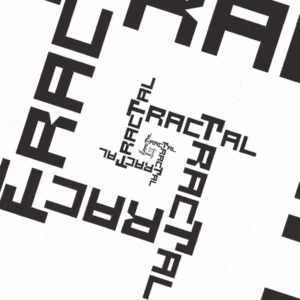
Enjoy.

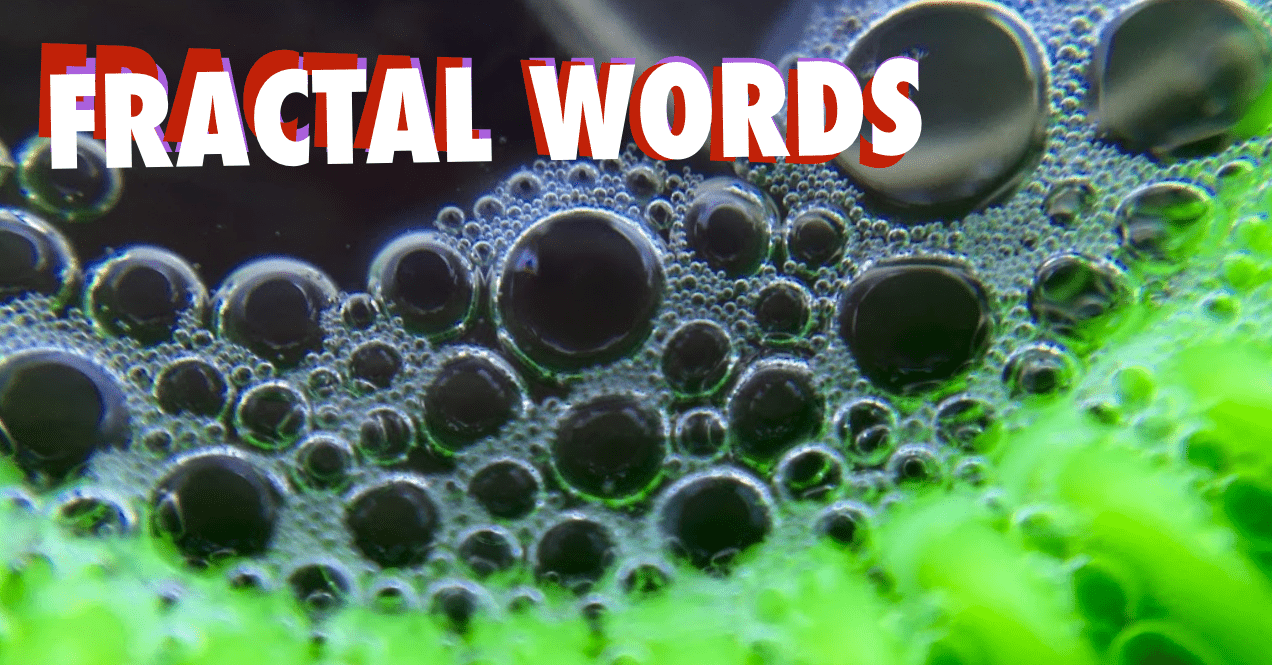
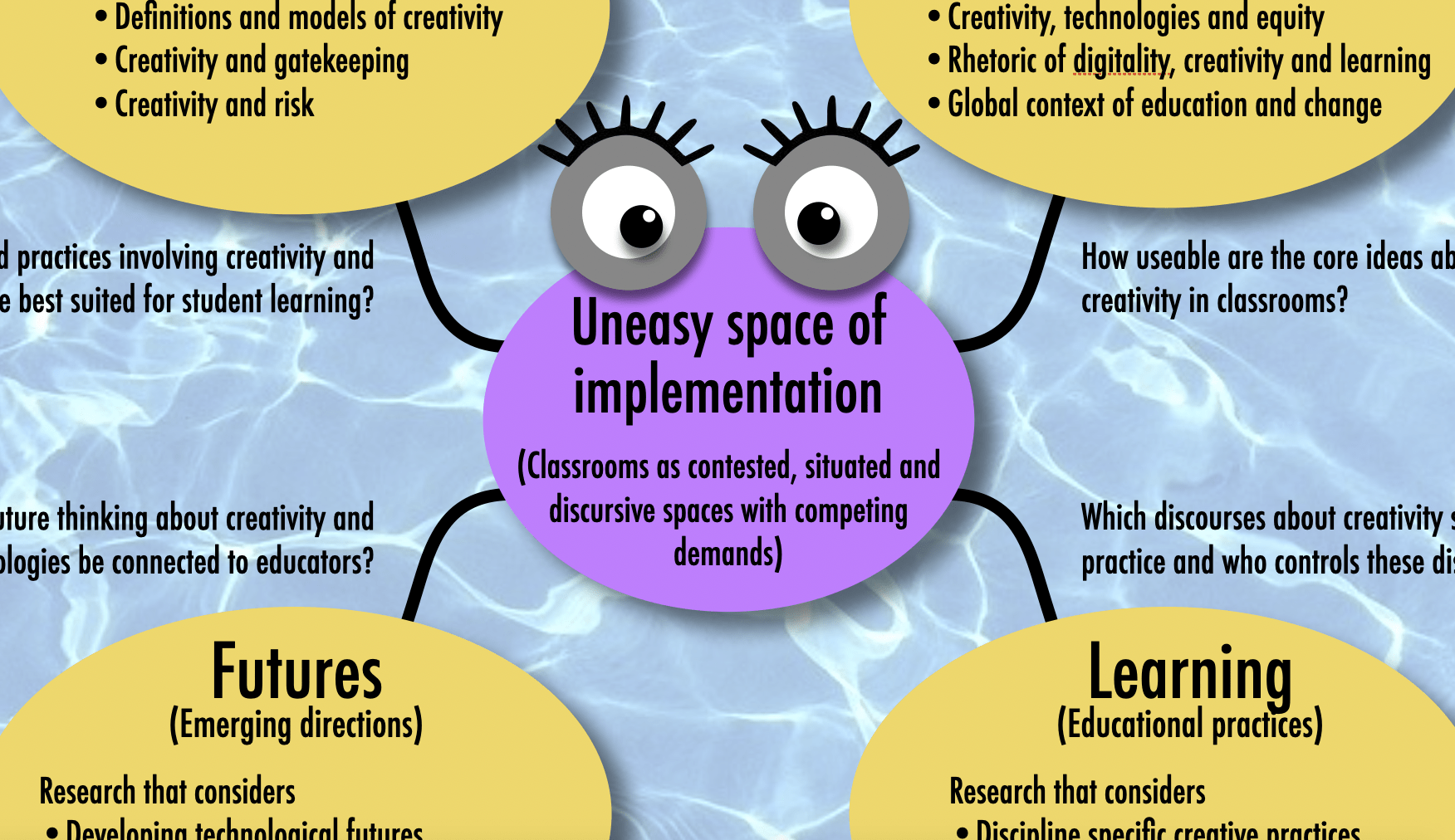
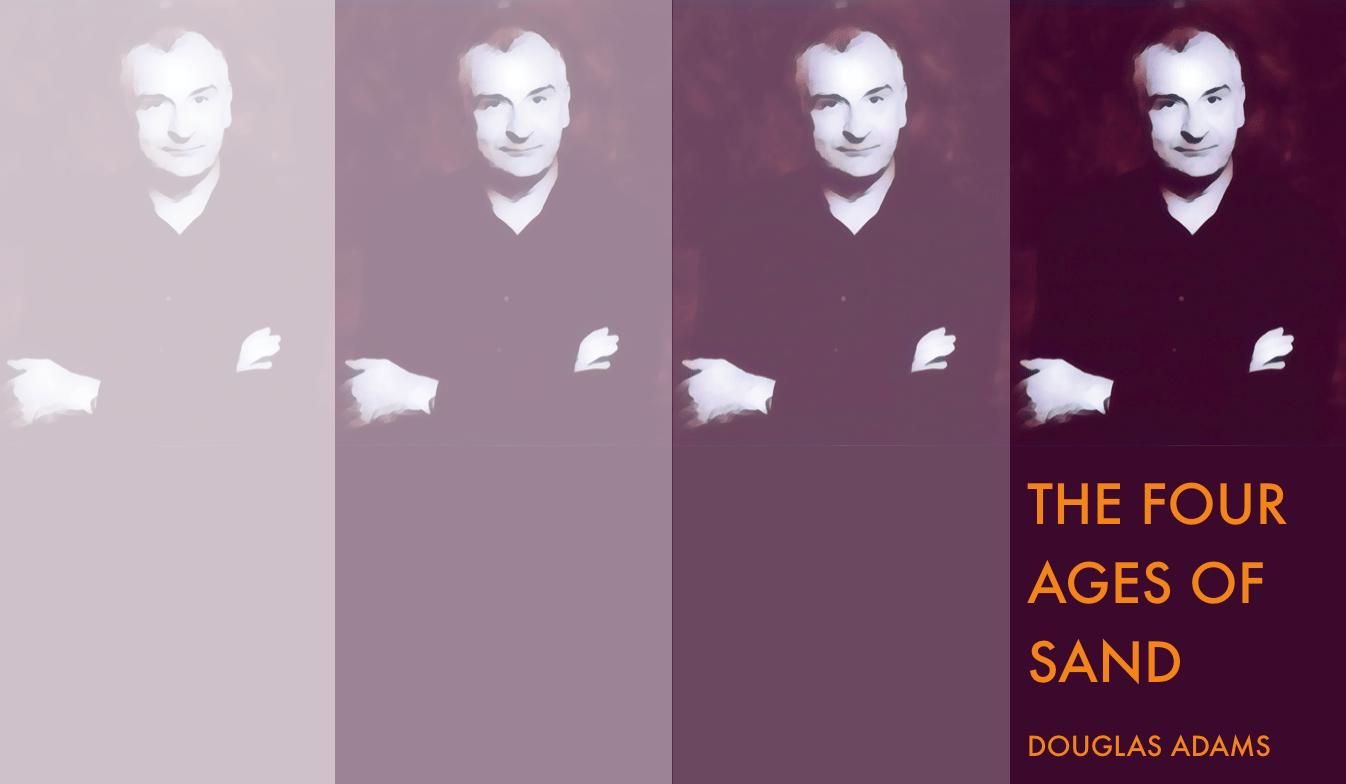
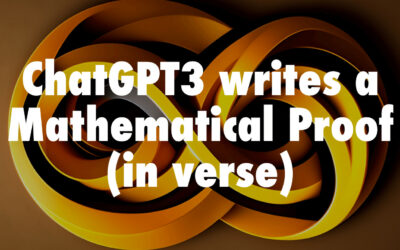
Hi Punya.
I really appreciate your ambigrams: they are well made indeed!
Just for you to correct a wrong link: the monthly competition is not on ambigram.com (the site, alas, is dead after a crash), but on ambigr.am
Do you know about other competitions around the world?
Have a nice day
Alessandro, an Italian in Germany